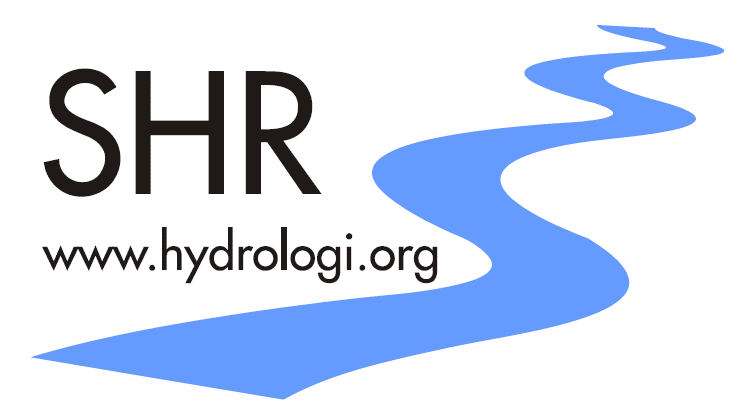Hereby we, the Svenska hydrologiska rådet SHR, warmly invite you and your colleagues to the Hydrologidagarna (HD) 2022 with theme ”Freshwater: from source to sea”. A crucial topic covering the broad spectrum of water from bio(eco)logical, physical and chemical, social, and political points of view combined in the sub-themes:
- Hydrology meets ecology
- Nordic groundwater
- Solute transport processes/contaminant transport
- Land-use effects on hydrology
- Water and society
After two online HDs, this year’s HD format will be in person to actively participate by sharing thoughts and ideas with stimulating discussion and networking. The HD will take place at SLU Uppsala on 7 December from 9:00 to 16:00 and will be followed by a meeting of the SHR members (16:00-17.00 on the same day).
The HD will have invited plenary speakers, oral presentations, and poster sessions (the final schedule will be announced later). For in-depth discussions, meeting new and old colleagues or leg stretchers, coffee and lunch breaks are planned (included for registered participants). The HD is an excellent opportunity to inform about ongoing projects, cooperation, or your organization’s structures and missions. Therefore, please forward and advertise this year’s HD within your organization e.g. from Master and PhD students to senior scientists. Do not miss the opportunity to connect with SHR and its members! Non-member organizations are welcome to participate.
If you want to participate, please sign up no later than 15 November 2022 on the googleForm https://docs.google.com/forms/d/e/1FAIpQLScaFQkWScaLuamuW04MqoDfRz5ioknE_XK1kLnrV5zyPVNsfA/viewform?usp=sf_link We hope to see many of you and looking forward to inspiring talks and discussions.
Välkomna!
the SHR HD-team (Bella, Karin, Lenka, Markus, Joakim and Benjamin)
